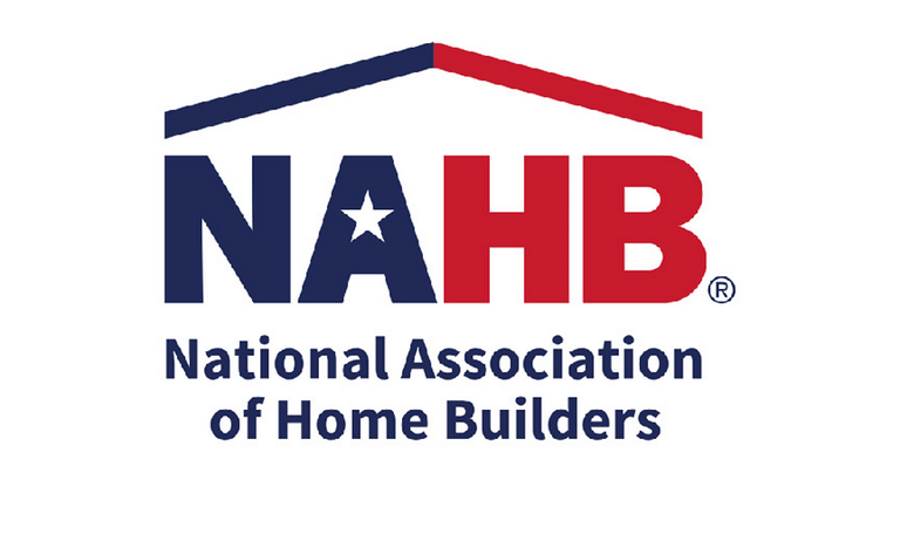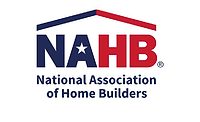Sales of newly built, single-family homes in September fell 3.5 percent to 959,000 from a downwardly revised August number, according to newly released data by the U.S. Department of Housing and Urban Development and the U.S. Census Bureau. Despite the monthly decline, the September rate is 32.1 percent higher than the September 2019 pace, and on a year-to-date basis, new home sales are up 16.9 percent in 2020.
"With sales up 32 percent from a year ago, the demand for new single-family homes remains strong as interest rates are at historic lows," said NAHB chairman Chuck Fowke, a custom home builder from Tampa, Fla. "However, the recent run-up in lumber and other material costs is leading to an increase in pricing."
"The pace of new home sales growth over the summer was going to slow given that the gap between sales and single-family construction reached an all-time high in August," said NAHB chief economist Robert Dietz. "Indeed, September sales of new homes that had not started construction were up 47 percent compared to a year ago."
A new home sale occurs when a sales contract is signed or a deposit is accepted. The home can be in any stage of construction: not yet started, under construction or completed. In addition to adjusting for seasonal effects, the September reading of 959,000 units is the number of homes that would sell if this pace continued for the next 12 months.
Inventory inched up to a 3.6 months' supply, with 284,000 new single-family homes for sale, 32.1 percent lower than August 2019. This is the third consecutive month with inventory running under four months' supply. Of the inventory total, just 48,000 are completed, ready to occupy. These inventory numbers point to additional construction gains ahead, as indicated by record levels of the NAHB/Wells Fargo Housing Market Index.
The median sales price was $326,800. The median price of a new home sale a year earlier was $315,700.
Regionally, on a year-to-date basis new home sales were up in all four regions: 22.5 percent in the Northeast, 25.9 percent in the Midwest, 14.4 percent in the South, and 18 percent in the West.
For more details, visit nahb.org.







